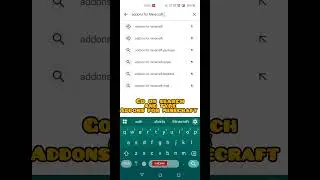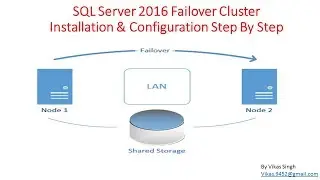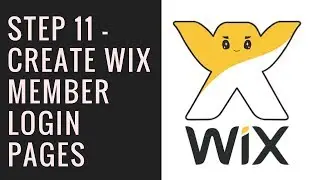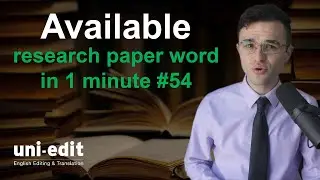Master graphs for powerful presentations | Academic Conference Presentation
Every strong conference presentation uses graphs. How to talk about a graph in English? How to introduce your graph? Which data points should you mention? This video will teach you how to master graphs for powerful presentations.
Watch all of our videos on poster presentations for academic conferences here: https://bit.ly/3eOwLgm
=====CHAPTERS=====
0:00 How to talk about a graph?
0:45 A framework for talking about graphs
1:38 Example graph one
3:45 Example graph two
6:12 Recap
=====SCRIPT HIGHLIGHTS=====
A framework that provides a strong explanation will include:
A graph introduction: Talk about the title, x-axis, y-axis, the key (also called legend), and the style of graph and what each point, line, bar means, to help the audience orientate.
An example data point explained: Pick a typical data point and explain what it means.
Interesting trends: What patterns are forming? What connections can you see between data?
Outlying data: What data seems to be quite different or far away from the average?
Surprising data: What data is not what you would have expected?
Conclusions: What are the obvious conclusions? What are the surprising conclusions?
Example Graph 1
A weak explanation then a strong explanation
For this example graph 1, we can see the relationship between fish weight, and fish length.
Here is a weak explanation of this graph:
“This graph proves that bigger fish weigh more.”
This is a weak explanation because it doesn’t mention any of our 6 key points.
A graph introduction
An example data point explained
Interesting trends
Outlying data
Surprising data
Conclusions
Here is a strong explanation of this graph:
“This scatter plot graph is on the relationship between fish weight and fish length. On the Y-axis, we have weight of the fish in grams, and on the X-axis we have length of the fish in inches. Each of the 20 data points on the graph represents a fish. For example, this point here represents a fish that is .79 inches in length and 1.50 grams in weight. This point here seems to be outlying, but we calculated that it fits within our standard deviation. As we can see, there is a linear relationship between fish weight and fish length,.”
This strong explanation starts with an introduction to the table’s title and headings. This strong explanation takes the pressure of the audience to interpret the many lines of data by walking them through the main categories and interpretation.
This strong explanation mentions 5 main points:
A graph introduction
An example data point explained
Interesting trends
Outlying data.
Conclusions
This graph doesn’t have any surprising data, so none were mentioned.
For this second example graph, we can see how body weight impacts bicycle riders’ calorie burn rate.
Here is a weak explanation of this graph:
“Obviously heavy people burn a lot of calories and they burn more calories when they ride faster.”
This example is week because we don’t want to say “obviously.” It’s best to assume that nothing about your data is obvious to your audience. Additionally, “heavy, a lot, more, and faster” are all vague words. Vague means unclear, or unspecific.
This is a weak explanation because it doesn’t mention any of our 6 key points.
A graph introduction
An example data point explained
Interesting trends
Outlying data
Surprising data
Conclusions
Here is a strong explanation of this graph:
This strong explanation mentions the 5 main points:
A graph introduction
An example data point explained
Interesting trends
Surprising data
Conclusions
There is no outlying data in this graph, so none were mentioned.
=====PLAYLISTS=====
Academic conferences https://bit.ly/3FU7UUg
Purpose of academic conferences https://bit.ly/3jlgrpk
Poster presentations for academic conferences https://bit.ly/3eOwLgm
=====UNI-EDIT SERVICES FOR AUTHORS=====
University English Editing & Translation service: https://uni-edit.net
Uni-edit specializes in language services for academics and researchers.
Research paper English editing: https://www.uni-edit.net/english-editing
Thesis and dissertation editing: https://www.uni-edit.net/phd-masters
School & job applications editing: https://www.uni-edit.net/School-appli...
Academic translation: https://www.uni-edit.net/translation
One-on-one academic English lessons: https://www.uni-edit.net/lessons
Email: [email protected]



















